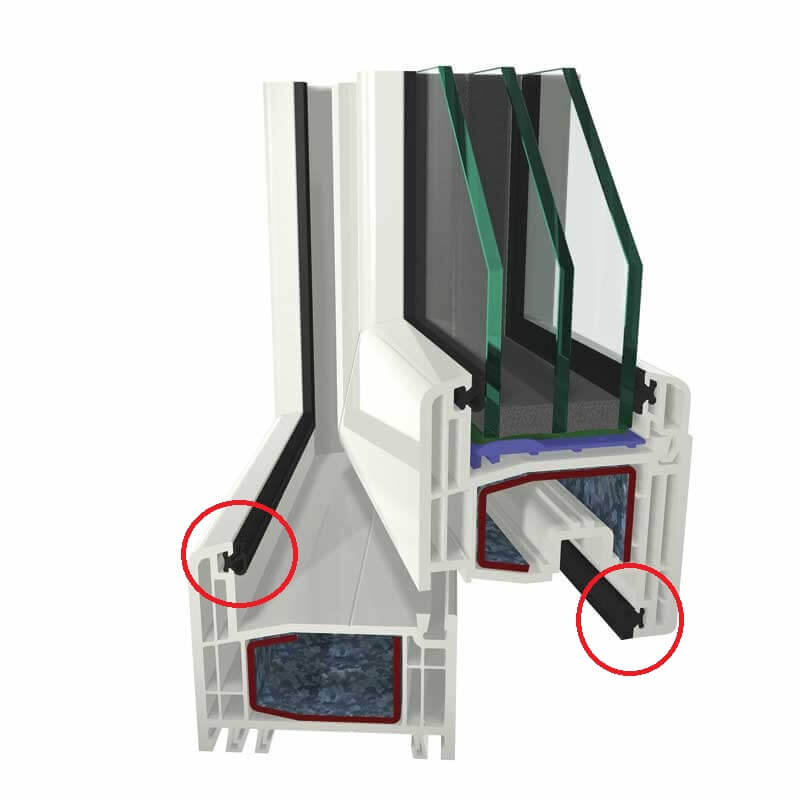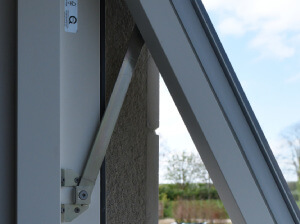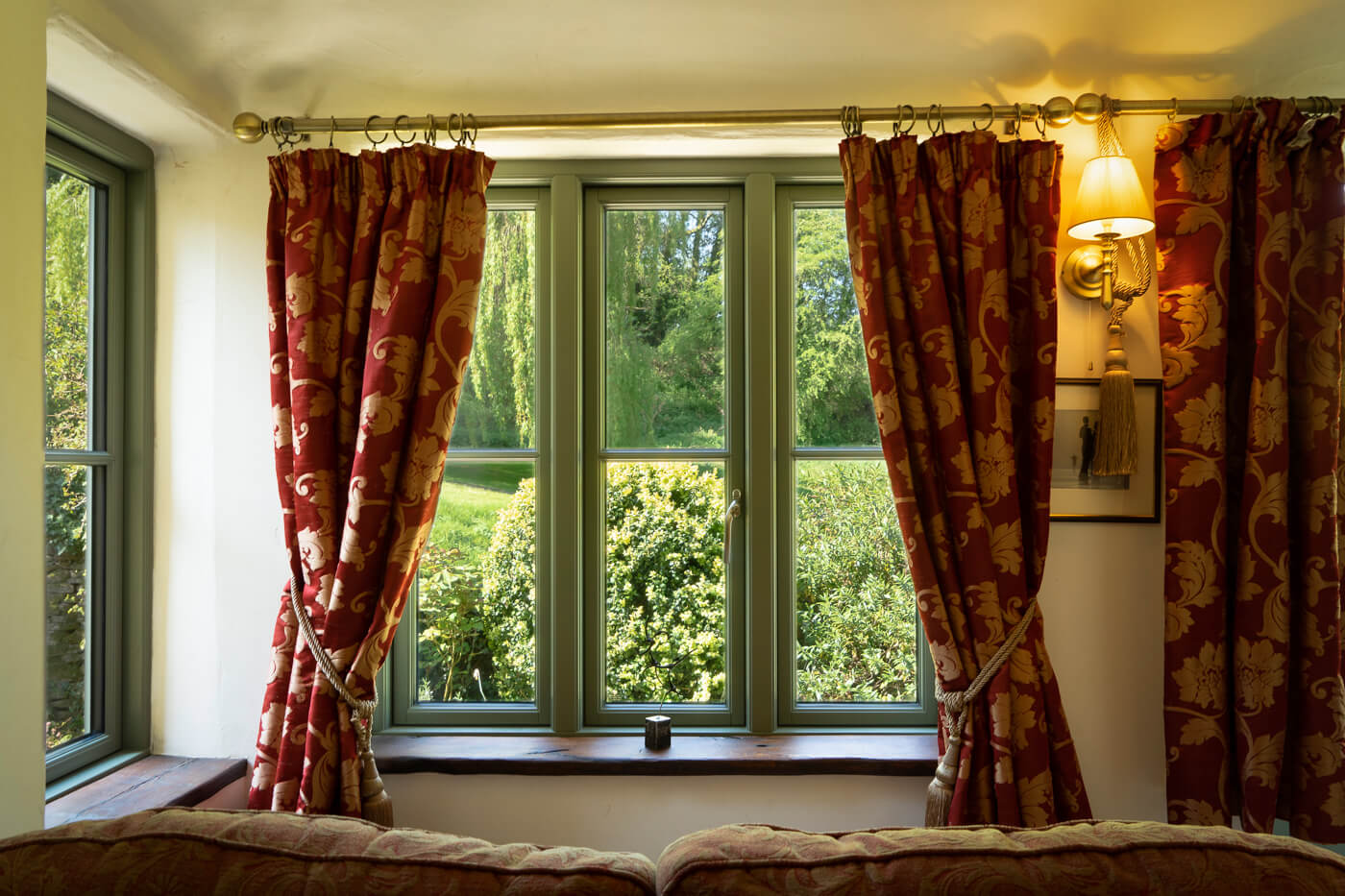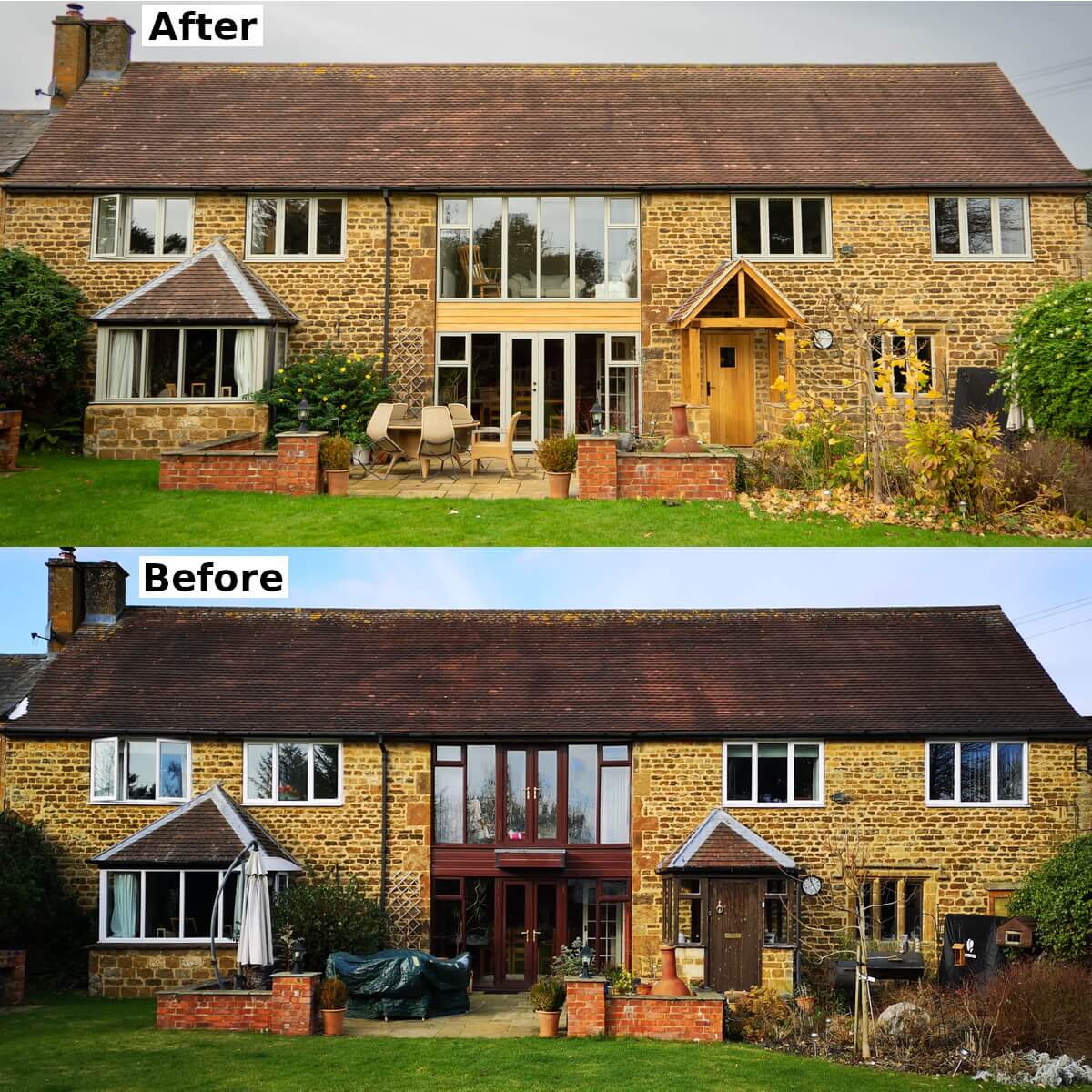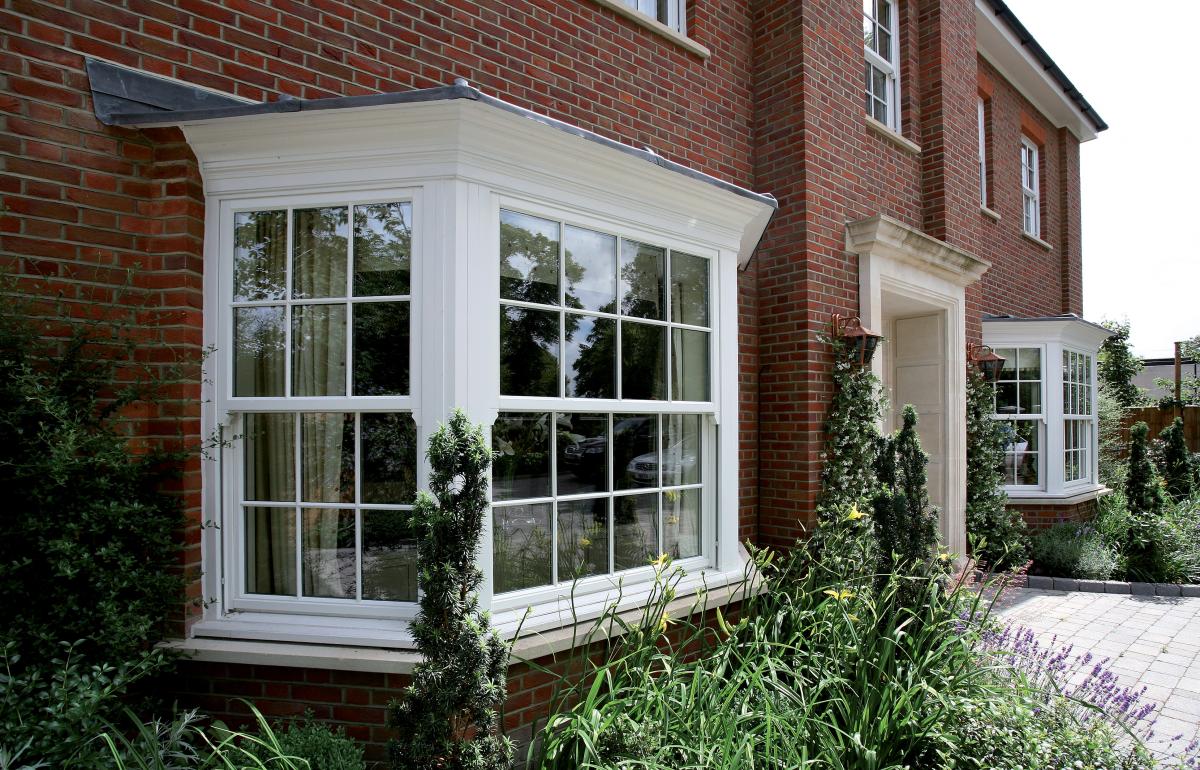With energy bills increasing and snow seemingly happy to appear in March, it’s becoming more and more important to find ways to keep warm in the winter without resorting to continually turning up the thermostat. We’re a window company, so we’re obviously a bit biased towards suggesting to upgrade your windows… But we’ll take you through a few general ideas, and also help you determine if your current windows really are a large-enough problem to consider sorting out.
Where is Heat Escaping?
The more we renovate and build new homes, the easier this question becomes.
- Open fireplaces and open chimneys are slowly disappearing, but still prevalent in older homes. Whilst it’s fairly obvious how a fireplace can help warm you up, the fact that heat rises and there’s a hole in the roof of your home is not the best arrangement…
- …and it’s a similar story with the prevalence of cavity wall insulation. If you’re not sure how your home stacks up in this area, your home’s EPC (https://www.gov.uk/find-energy-certificate/) should hopefully be able to tell you, among other useful information.
- Older homes with solid walls obviously don’t have the cavity insulation option, but there are still external and internal insulation options to consider. Worth mentioning here: if you’re considering sorting out your windows around the same time, make sure you tell the window supplier about any insulation you’re about to apply – this may affect the size of the windows you need
- Loft insulation is something else that the vast majority of houses should have sorted out already, but worth a check… If it turns out that you don’t have any, this is such an important one with a huge potential for per-year saving.
- The most likely culprits of heat-loss in a UK home, regardless of the building’s age, are probably the windows and doors
Should You Replace Your Windows?
Even though, as a window supplier, we’re clearly aiming to sell you some windows, replacing existing windows isn’t always something that’s worth doing. There are less intrusive repairs to consider before going down the full-replacement route. It’s when you realise you’re in danger of a sunk-cost fallacy result that it’s worth replacing everything properly.
I’ll very briefly mention the idea of covering up the problems via insulating curtains, insulating films and secondary glazing. These are not terrible routes to go down, and they certainly will improve the situation on a super strict budget. It is just worth thinking about the fact that they are covering up a symptom rather than fixing the underlying issue.
Listen, Feel and Look
An obvious giveaway that at least one part of a window has failed is the amount of noise you can hear through it when it’s supposedly “closed”. Being noticeably conscious of traffic or wind noise in a room is normally a window (or door) sealing issue. This is often the same underlying problem as when you feel draughts coming into the room, or even see blinds fluttering as though they’re in a breeze.
Either, the silicone seal around the entire window has reached end of life, or the seals of the opening section of the window aren’t compressed against the outer frame (or possibly both).
You’ll find thermal imaging cameras or thermal leak detectors are advertised as useful to find out exactly where the problem lies… To avoid that cost, we suggest buying some incense sticks of your preference and holding one relatively close to sealing points of the casement and the overall frame. The movement of the smoke will tell you where even the smallest draught is coming from, you’ll avoid the £50 device that would spend the rest of it’s life in the back of a drawer, and you now have some lovely incense sticks!
For the silicone seal: the simple short-term solution is to pull out the old and re-silicone. But it’s worth bearing in mind that the product’s effective lifespan really isn’t that long – maybe 3 or 4 years at best.
If it’s the actual window seals that look to be the problem, it might be a one or both of a couple of issues:
The seal itself has shrunk or perished – this is very common with cheap rubber seals that are initially oiled to be flexible. If you’re able to find the correct size and quantity of seal, you’ll hopefully find it to be a quick replacement
The hinges cannot pull the opening casement into the seal tightly – equally very common with plastic guided hinges. This is a little more difficult to sort out because it won’t be as easy or obvious to know whether a particular new hinge will fit and work as intended. You’ll also need another person to help you hold casements as hinges are removed, potentially needing safe access to both inside and outside the building at the same time. Honestly, this isn’t a job for most window suppliers (ourselves included), so you’re better off finding an independent window installer for this.
Inspect the Outside
As they get older, different types of window frames deteriorate in different ways:
- Plastic windows start looking like they’ve “gone off” due to the original bright white turning yellow over time. This is not necessarily a “problem” in itself, just a warning sign that suggests they are more than old enough to have some objective issues, rather than just looking off-colour.
- Metal windows can show signs of corrosion (although metal frames are very poor insulators regardless of the condition). Very generally, we don’t come across metal windows that offer good insulation. Even brand new aluminium frames are only just suitable for UK building regulations at this point.
- Timber windows start showing signs of water penetration, and therefore rot. Sometimes, this is rescuable and repairable. But worth considering that this could be a symptom of general neglect over the years. Good quality timber windows are incredible insulators when looked after; not so good if maintenance schedules and recommended paints are ignored (never use oil-based paints!).
Buying a house with timber windows that clearly haven’t been looked after is similar to buying a car with cheap or a random mixture of tyres – it’s a sign that the previous owner may not have cared as much as you would have liked…
Avoiding Sunk-Cost Fallacy
If you’ve ticked off more than one item that’s wrong with your windows and doors on the above, just take a moment to think before diving into those problems. Think about how old the windows are, therefore how much longer you would reasonably want them to last, and what else is likely to go wrong soon.
Taking this moment to take stock of reasonable expectations might point you towards the new windows route. Yes, it will be a lot more expensive in the short term. But with products like ours that are designed to last over 60 years, it’s often worth taking that plunge early on to avoid continuously trying to keep an old product feeling just about acceptable.
New windows are clearly needed, but the home is in a conservation area…
Conservation officers get a bad reputation, but we must remember they’re only human! I’m sure the number of home owners asking for (or not asking for and trying to get away with) modern extensions and inappropriate newbuilds would wear us all down over time…
So it’s important to consider what is going to look and come across as a sensible replacement. Start off with the idea that timber should be replaced with timber, metal should be replaced with metal, colours should stay the same, frame thicknesses and styles should try to look at least similar, flush casements should stay flush, etc…
After you’ve taken stock of what you know you’ll need, it’s time to find a product that you want. Small UK timber joinery shops vary hugely in quality, but should be very good at matching a style. Conversely, something advertised with “high-performance” from a larger factory might not be a perfect style match, but they might be able to get close-enough whilst giving you far better thermal performance and airtightness.
It’s easy to find out a cost
If replacing windows is a possibility for you, it’s really quite easy to obtain an initial idea of cost. Most window suppliers should be able to work from some photos of the property and rough widths & heights of each window. It’s important to know roughly what you’d like to have, especially if the company you’re contacting has a range similar to ours… For us, it’s hugely helpful to have a quick chat to determine the level of performance and frame material you’re aiming for as a baseline. Combine that with the photos and dimensions, and the initially quoted price shouldn’t be super far away from the end result.
Contact us!
For any questions about our products and services, or to get your quote,
please get in touch by phone, email, or using our in-browser contact form!
Leamington: 01926 935 607
London: 0203 633 0476
E-mail : sales@enlightenedwindows.co.uk
Contact Form: Contact Us



